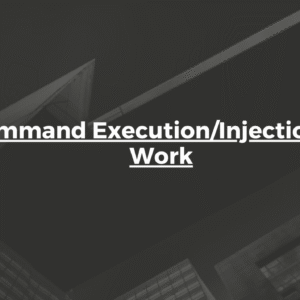
In the ever-evolving landscape of cybersecurity threats, Remote File Inclusion (RFI) stands out as a critical vulnerability that can expose web applications to severe risks. Commonly found in poorly coded PHP applications, RFI allows attackers to include and execute malicious... Read more

Web application security is more important than ever, with data breaches and cyberattacks becoming increasingly common. The OWASP Top 10 is a globally recognized list of the most critical security risks facing modern web applications. Published by the Open Web... Read more

Information gathering is the first and one of the most crucial steps in ethical hacking and cybersecurity assessments. Before launching any penetration test or vulnerability scan, cybersecurity professionals must collect as much data as possible about the target website. This... Read more

Cross-Site Request Forgery (CSRF) is one of the most common web application vulnerabilities that can allow attackers to perform unauthorized actions on behalf of a legitimate user without their knowledge. In this article, we’ll walk through a practical example of... Read more

Session fixation vulnerabilities are one of the most critical security issues in web applications. They allow an attacker to take control of a user’s active session, potentially leading to unauthorized access to sensitive information, account hijacking, and other malicious activities.... Read more

Brute force attacks are one of the most basic yet effective ways of testing web application vulnerabilities. In this tutorial, we will demonstrate how to perform a brute force attack on a vulnerable web application using Burp Suite. Specifically, we... Read more

Cross-Site Scripting (XSS) is one of the most common vulnerabilities that web applications face today. XSS attacks occur when an attacker injects malicious scripts into web pages viewed by others, which can lead to significant security risks such as data... Read more

File upload functionality in web applications is a critical feature but can pose significant security risks if not properly implemented. One common vulnerability found in web applications is the file upload vulnerability, which attackers can exploit to gain unauthorized access,... Read more

